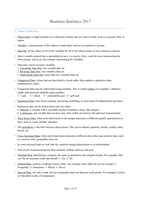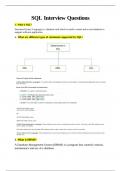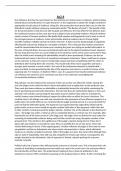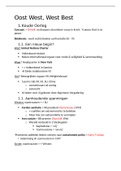College aantekeningen
Statistics II Lecture Notes
- Instelling
- Universiteit Leiden (UL)
This document contains lecture notes from the Statistics II: Applied Quantitative Analysis course, which is mandatory for all International Relations and Organizations students.
[Meer zien]













